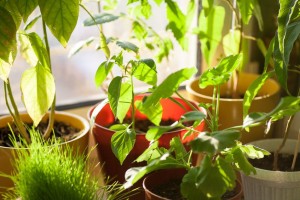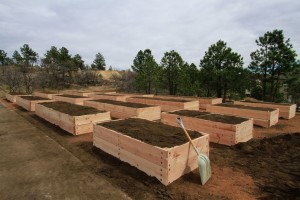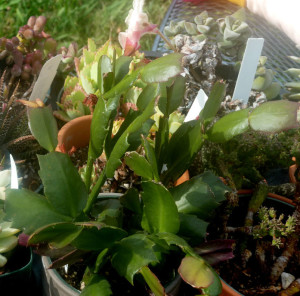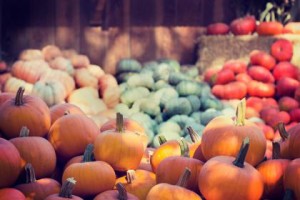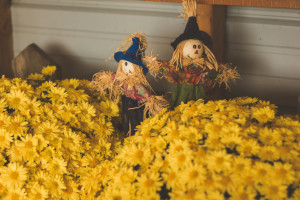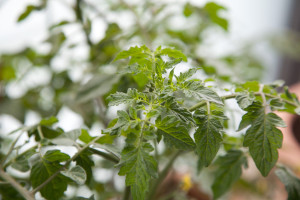Start a School Garden and Share the Benefits of Gardening With the Children in Your Community
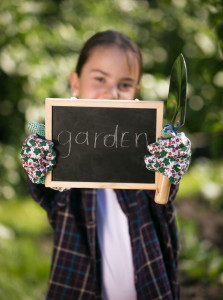 It’s an idea that has been literally and figuratively growing around the country – planting a school garden. School gardens augment learning across several disciplines. A quality school garden requires up-front planning and time to invest in the process, but the benefits of gardening are well worth the effort. Here are a few benefits that will hopefully inspire you to research a school garden for your community.
It’s an idea that has been literally and figuratively growing around the country – planting a school garden. School gardens augment learning across several disciplines. A quality school garden requires up-front planning and time to invest in the process, but the benefits of gardening are well worth the effort. Here are a few benefits that will hopefully inspire you to research a school garden for your community.
Getting Kids Active
A school garden is a great way to get kids interested in being outside and digging in the dirt. School gardens make the facts of cultivation come alive for students. Kids benefit from turning the soil, pushing a wheelbarrow, pulling up weeds and raking mulch. Plus, they enjoy it! So if you like the idea of children being more active – a school garden is a terrific idea.
A Multi-Discipline Appeal
Apart from the physical exercise and fresh air that come with planting, there are academic benefits of gardening to be realized. The school garden lends itself to teaching on science and biology, conservation, mathematics, nutrition, art and even creative writing. All these disciplines can use the school garden as an interest-ready springboard for teaching.
Improved Interest in Healthy Eating
Children will naturally be interested in tasting what grows in the garden. Among the many benefits of gardening is an increased willingness of kids to try new fruits and vegetables. Larger gardens can provide enough harvest for all the children to at least sample fresh produce. Once kids are invested in seeing how things grow, they develop a heightened interest in exploring local farm to table foods.
Indoor or Outdoor Achieves Similar Results
Not every school is located where year-round gardening is possible. Some schools have utilized raised beds for spring gardens. Others have devised indoor gardens that can be attended throughout the school year and allow children to grow and harvest more than one crop. The fact is that indoors or out, the benefits of gardening are there to be had.
At Kincaid Plant Markers we are excited about this trend toward school gardens. We know it is a big undertaking but one which offers tremendous rewards. When you’re ready to put your seeds in the ground, we hope you’ll let us participate. Order our quality markers to help identify plants. We would love to be part of helping students reap the many benefits of gardening.


